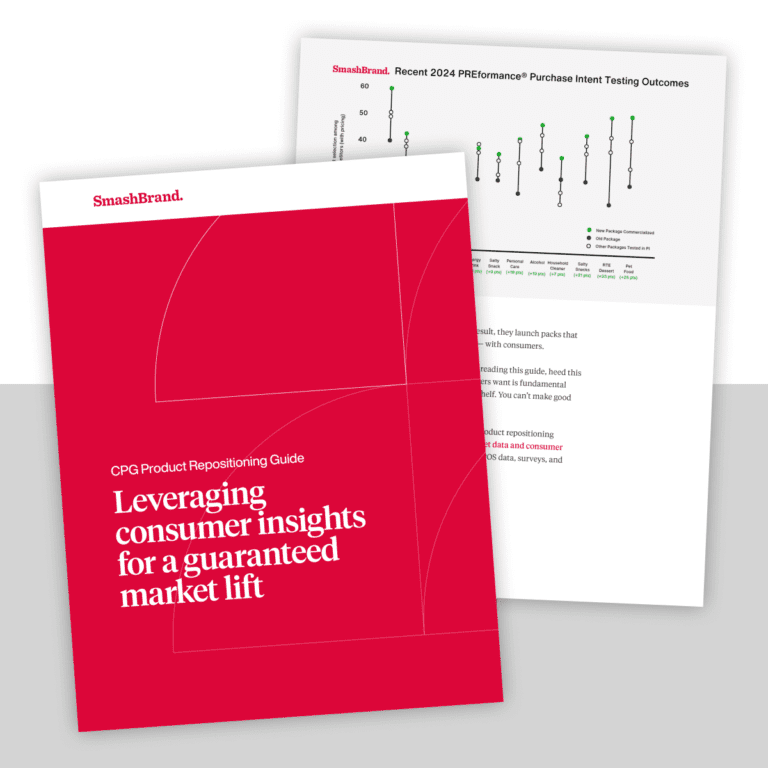Your brand is what gives life and identity to your product. Knowing what you want people to think when they see it is key to knowing how it should look, and the colors you choose can make or break that relationship.
Target, Google, McDonalds, they all have something in common: immediately identifiable branding with (now) obvious color schemes. It’s difficult to imagine the Target logo in any colors other than red and white, just as Google’s kindergartener-themed colors and McDonalds’ golden arches simply make sense as-is.
But why is that? Why do some schemes work so well, while others seem destined for failure? Certainly, some of it comes down to simply getting used to seeing the same thing over and over again. — just look at the backlash Instagram received after scrapping its iconic design for a loud scholar scheme. But how do these brands come up with winning color schemes to begin with?
Picking a Color That Means Something
There’s been a lot of research done with regard to colors and the different emotional responses they elicit. More recently, researchers have found that colors don’t evoke the same emotional response in everyone because what we feel is determined by culture and our own experiences. In other words, the emotion one person feels when seeing blue may be different to how you felt when typically seeing the color blue.
So, what color do I choose then?
That depends largely on you and what your brand promotes. When choosing the right color for your brand, you want to make sure that it’s something that goes with the theme that you’re selling. Neon purple and green would seem out of place for an insurance company’s colors, just as quiet earth tones wouldn’t work for an energy drink that promoted an electrical jolt of caffeine.
If you’re having a difficult time choosing a color for your brand, have a look at some of the research into colors and marketing for help. The trick is finding out what colors work best for your brand, and that will take some thought on your part. Here are some tips to help you get started:
1- Know your audience. Try sticking to neutral colors if your target demographic is older, and save the bright, electric colors for the young crowd.
2- Determine the primary color or color combination for your brand., because that should dictate much of your remaining decision-making process.
3- Find out what colors speak to your customer base. For example, if you’re selling construction tools, you’d probably have more success with metallic or earthy colors instead of pastels.
4- Consider the norms of the demographic you’re selling to, like which colors are associated with masculinity, femininity, youth, and so on.
Here’s an example of what we’re talking about: Whistle Pig Whiskey. When coming up with the color scheme, we knew wanted to conjure up the image of a hand-crafted whiskey bottle-stamped and labeled in the back of a rustic distillery. It had to communicate the pride with which it was made, incorporate an essence of the handmade crafting that goes into the process, and appeal to whiskey aficionados. We think it came out pretty well.
The Bottom Line
Your brand image is just as important as the product you’re selling. Don’t rush through the aesthetics part of your product just to get it out there. After all, your brand will practically promote itself if it has the right color scheme.
Subscribe to
Nice Package.
SmashBrand’s Nice Package: Stay current with our latest insights
Free Resource.

CPG product repositioning guide.
Explore the five undeniable signs your CPG product needs repositioning along with strategies for leveraging consumer insights for a guaranteed market lift.
Download Whitepaper About CPG product repositioning guide.